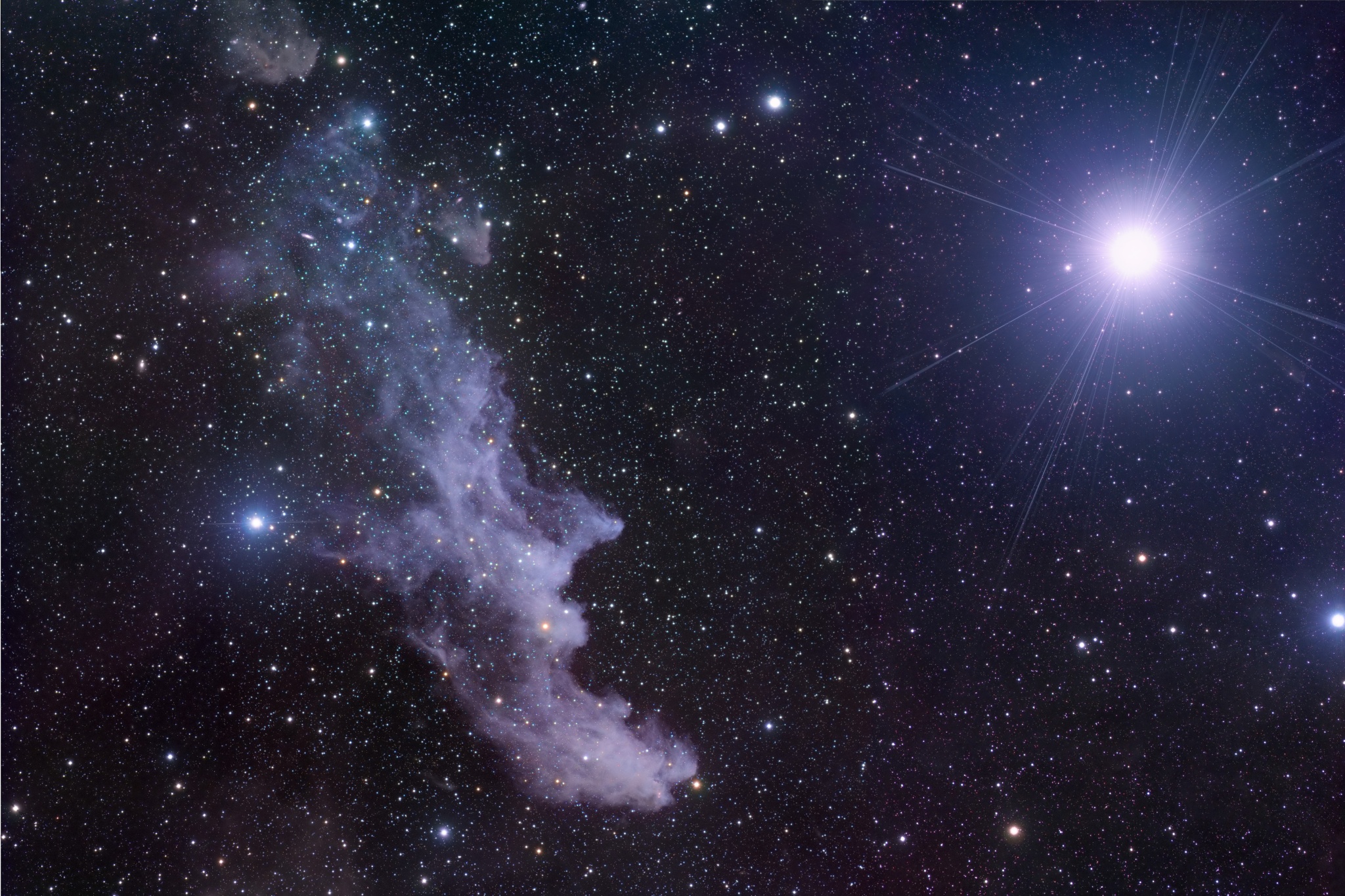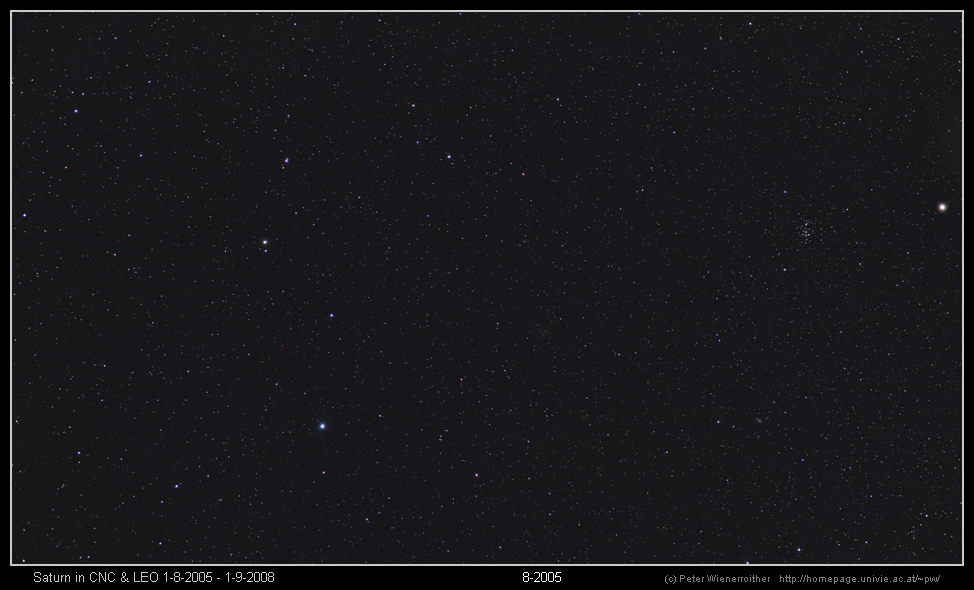Do you know why there is a star on top of the Christmas tree or in the Nativity scene? The Gospel of Matthew says that magi from distant places saw a star in the sky that revealed them the birth of Jesus and led them to Bethlehem.
Did the star really exist? We don't know, but in that time, there were some interesting phenomena in the sky. Could one of them have been the Star of Behtlehem?
Did the star really exist? We don't know, but in that time, there were some interesting phenomena in the sky. Could one of them have been the Star of Behtlehem?
A comet?
A comet is an object with a long tail that moves through the sky. The most famous is Halley's comet. In the Adoration of the Magi, the painter Giotto drew this comet as the star as he had observed it in 1301. But comet Halley came close to the Earth in 12 b.C., too soon to be the star of Bethlehem.
A comet is an object with a long tail that moves through the sky. The most famous is Halley's comet. In the Adoration of the Magi, the painter Giotto drew this comet as the star as he had observed it in 1301. But comet Halley came close to the Earth in 12 b.C., too soon to be the star of Bethlehem.
And what about planets?
There were two planetary conjunctions around the time of Jesus' birth: a triple conjunction of Jupiter and Saturn in 7 b.C. and a conjunction of Mars, Jupiter and Saturn in 6 b. C. Both of them over the constellation of Pisces. Jupiter was considered the star of royalty, Saturn the star of the Mesopotamian deity who protected Israel and Pisces was the constellation associated to Jewish people.
There were two planetary conjunctions around the time of Jesus' birth: a triple conjunction of Jupiter and Saturn in 7 b.C. and a conjunction of Mars, Jupiter and Saturn in 6 b. C. Both of them over the constellation of Pisces. Jupiter was considered the star of royalty, Saturn the star of the Mesopotamian deity who protected Israel and Pisces was the constellation associated to Jewish people.
A big explosion in the sky?
Chinese astronomers watched a new star in 5 b.C. visible for over 70 days. Probably it was a nova. This is a big explosion on a white dwarf of a binary system when it takes hydrogen from the other star.
Another possibility is a supernova. This is the largest explosion that takes place in space. It happens when a star dies and it may shine with the brightness of millions suns. But no supernova remnant, as a nebula, is known from that time.
Chinese astronomers watched a new star in 5 b.C. visible for over 70 days. Probably it was a nova. This is a big explosion on a white dwarf of a binary system when it takes hydrogen from the other star.
Another possibility is a supernova. This is the largest explosion that takes place in space. It happens when a star dies and it may shine with the brightness of millions suns. But no supernova remnant, as a nebula, is known from that time.
And you? What do you think about the Star?
Here you have some hypothesis about the Star of Bethlehem. Buth there are others. In your opinion, which is the most likely hypothesis? Can you find another one? Please, write your opinions as comment. And have merry Christmas and a happy new year.











